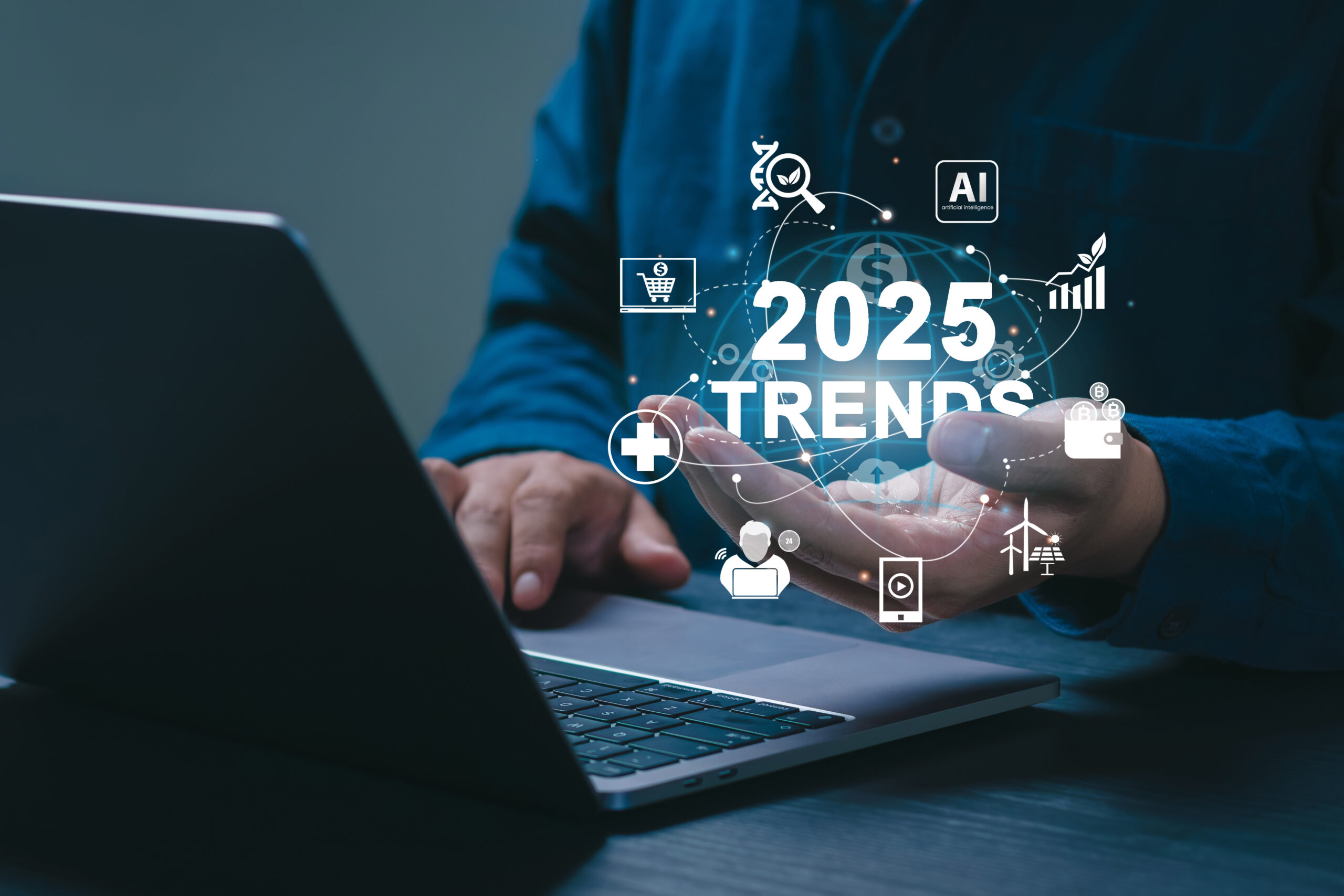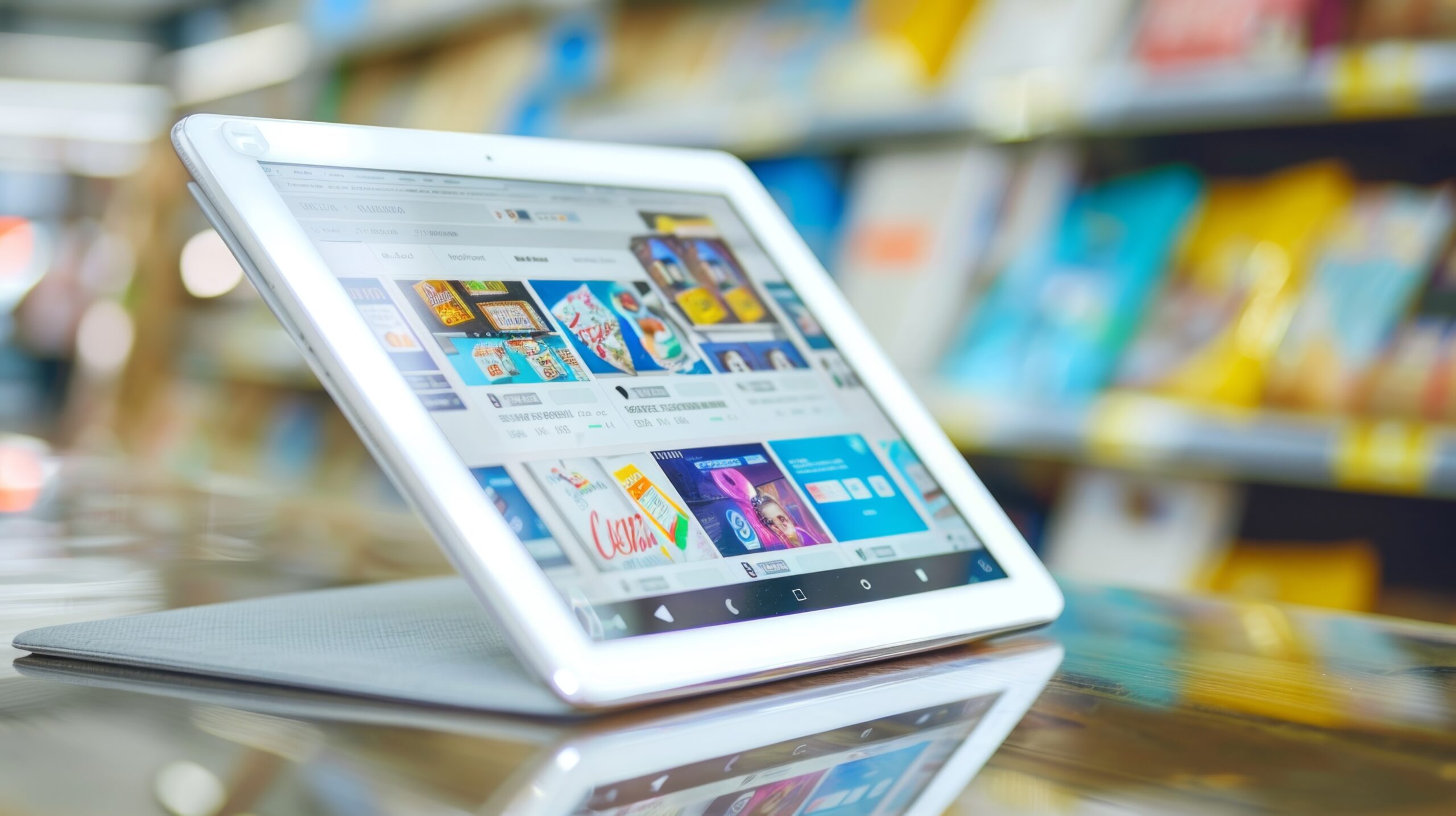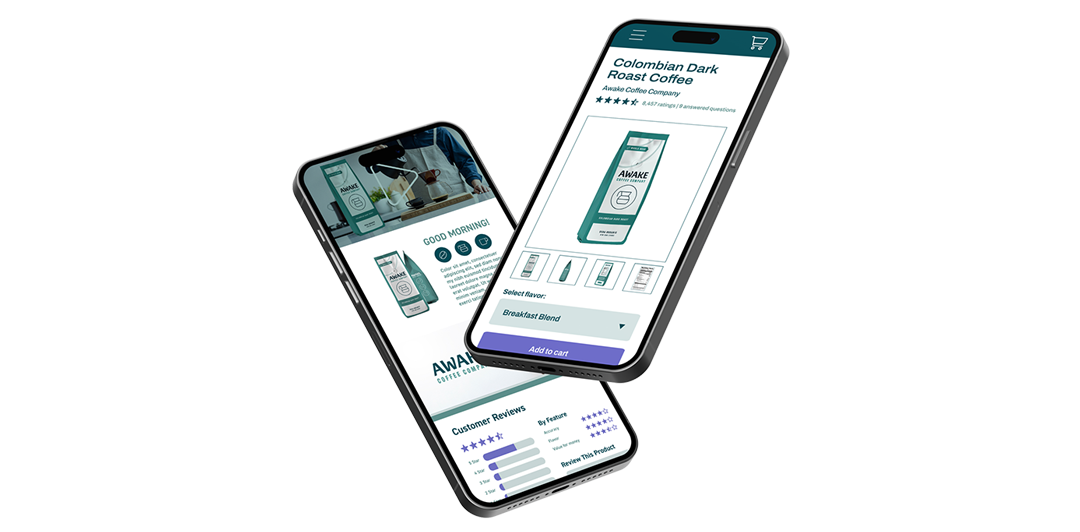Technological innovations mold every industry, including retail grocery. What we buy and how we buy it is shaped by innovation and trends within the market.
This article explores the technology trends in the retail grocery industry and how you can capitalize on these trends to increase customer retention, ROI, and sales.
1. The Omnichannel Grocery Customer Experience
Retail is omnichannel, and that includes retail grocery. According to 1WorldSync research, most shoppers are researching products online while shopping in store. Grocers must understand omnichannel commerce to stay on top of the technology trends within the grocery industry. Grocery retailers should enable rich content on their e-commerce pages to offer their suppliers engaging messaging and media that informs consumers and leads to higher conversions.
A 2022 report on omnichannel customer service from Incisiv found that grocery retailers accounted for seven of the top 16 companies excelling in omnichannel service. According to the report, “Grocers and general merchandise retailers offer the most advanced ordering and fulfillment capabilities, such as the ability to contact order pickers, flexible delivery and pickup options, expedited delivery and real-time order tracking.”
The data shows that grocery leads the way in omnichannel adoption and services. Retail box stores allow shoppers to bounce between in-person shopping and online shopping. Omnichannel applications allow them to conduct research in-store from their devices, promoting a seamless product content experience wherever the user interacts with the retail brand.
2. Automation at Every Turn
Automation is taking the retail grocery industry by storm, extending into every facet of the market.
We see robot automation most commonly in grocery warehouses. Kroger made national news when it opened automated warehouses across the country in 2021. The grocery chain used robots to retrieve color-coded grocery totes, playing out a careful choreography across each warehouse.
But warehouse technology isn’t the only role automation plays in retail grocery. We see more automation on the front line and in customer interactions. Self-checkout kiosks and product-scanning robots lessen the demand on employees, increasing operational efficiency within the retail grocery industry. Automation within the sector is predicted to offset the labor shortage and its associated costs.
3. Personalized Online Experiences
Most consumers –– an overwhelming 80 percent –– want personalization from retailers, including retail grocery stores. Personalization at scale can increase total sales for grocery companies upwards of one to two percent. That’s a significant number when spread across millions of shoppers.
Personalized experiences increase customer loyalty and boost sales, but these programs also slash marketing and sales expenditures –– up to 20 percent in some cases.
A connection is formed when consumers receive relevant recommendations that feel crafted for their unique needs. Shoppers, both individual and corporate, want to feel like they’re more than a number. They have myriad options for retail grocery, and they want to put their dollars with a company that goes above and beyond to provide an exceptional online experience created just for them.
When retailers provide insights for their shoppers based on items they already use and enjoy, consumers are more likely to continue shopping with that retailer and act on the personalized recommendations they’ve received.
4. Better Use of Shopper Data
Online grocery purchases allow retailers and distributors to collect consumer data, making these digital interactions crucial for marketing, customer retention, and sales campaigns.
As discussed above, shoppers expect personalized experiences, even when buying their milk and eggs. With loads of data from digital interactions, retailers can improve their ability to understand and satisfy their consumers.
This trend will become increasingly vital to retaining customers as low stock and out-of-stock issues continue for retailers. Instead of simply noting that an item is no longer available, grocers can use consumer data to offer suitable substitutions based on a customer’s purchase and browsing history.
Purchase data also empowers retailers to forecast consumer needs and carry the inventory their shoppers want. Depending on the retailer, online shoppers will have different buying habits than in-person patrons. By collecting and analyzing online consumer data, retailers can better prepare for the unique needs of their online audience, increasing customer satisfaction and retention.
5. Hiring Tech Talent
The retail grocery industry has never explicitly coincided with the tech market –– until recently. Retail grocery is more than physical logistics. It’s now a digital industry, and distributors and retailers must hire talent that reflects this entrance into the tech market.
Digital skills will drive the success of retail grocery distributors and retailers. They’re projected to increase in value, even for those not in leadership roles, like frontline workers. A recent report from FMI found that analytics, automation, and artificial intelligence skills –– the “AAA skill set” –– were the most sought-after tech skills in the grocery industry.
The digitalization of retail grocery signals an immediate need for businesses and brands to heavily invest in talent that can carry the industry into a tech-centered future.
6. Product Transparency
Consumers have access to more information than ever regarding the groceries they buy and the brands they shop with. Providing grocery product transparency is no longer just an option; it’s a necessity for retailers who want to compete in this industry.
Retailers and distributors must do whatever it takes to provide product data transparency while engaging consumers in an increasingly digital market. SmartLabel technology provides product data solutions that allow grocery retailers to provide consumers with the information they demand.
SmartLabel houses a single source of truth for grocery product information. Across stores and retailers, grocery organizations can unify product data sources to provide accurate, consistent, and easily editable information to the consumer.
Increased product transparency cultivates trust in an industry where shoppers demand to know more. As retail grocery stores continue to source products and ingredients from a broader range of brands, SmartLabel technology provides the data buyers look for when stocking both commercial shelves and at-home pantries.
Conclusion
The retail grocery industry has changed more in the last few years than ever before. Technology trends reshaped how grocers and individuals shop retail, and the market continues to be molded by tech innovations.
If you’re a seller, distributor, or retailer, you must stay on top of these trends to win your market. 1WorldSync’s suite of data management tools and resources can help. Reach out to our team to begin the conversation today.






